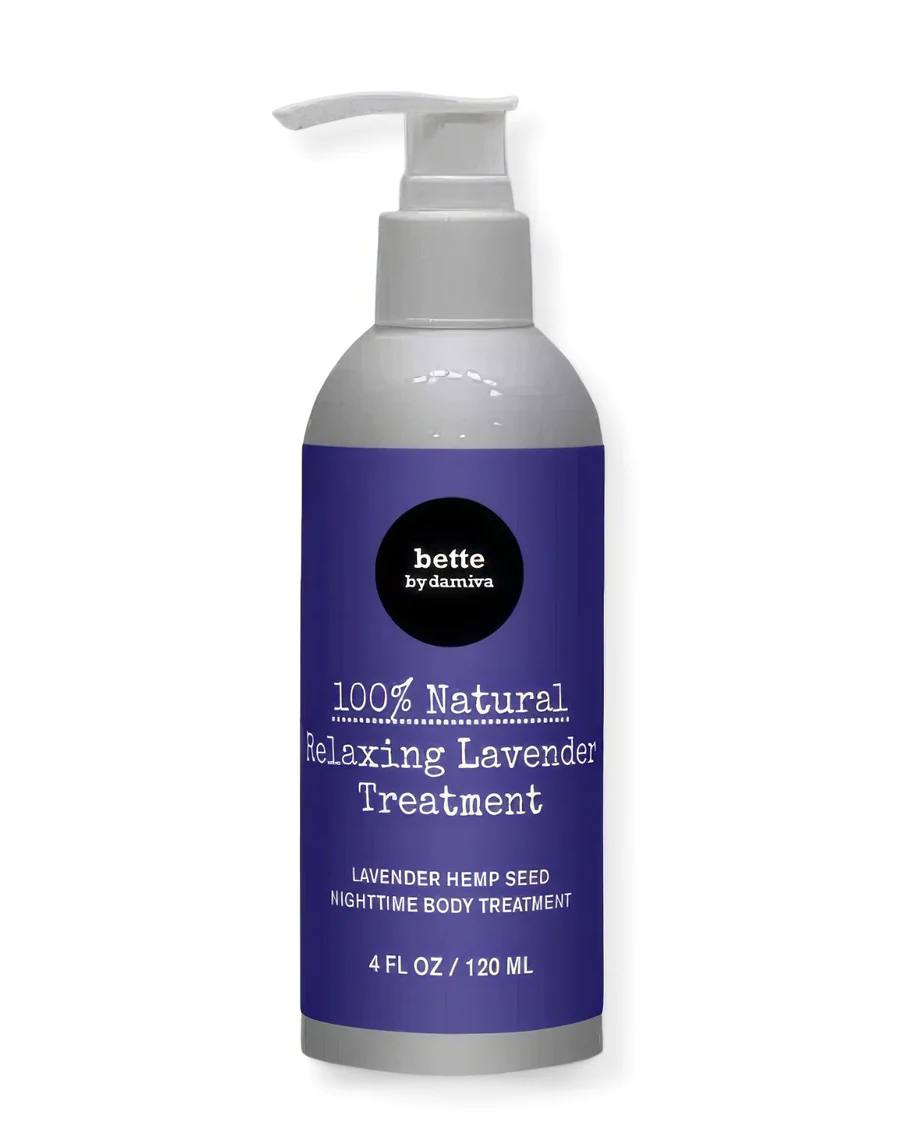Menopause and Cravings
Menopause marks the end of a woman’s reproductive years, characterized by the cessation of menstruation for twelve consecutive months. This transition typically occurs between the ages of 45 and 55 and is preceded by perimenopause, a phase of fluctuating hormone levels and irregular menstrual cycles. Postmenopause follows, where the body adjusts to lower levels of reproductive hormones.
Differentiating Hunger and Appetite
Hunger is the physiological need for food, while appetite is the psychological desire to eat. Cravings, often associated with appetite, are intense desires for specific types of food and can be influenced by various factors, including hormonal changes during menopause.
Biological Underpinnings of Menopause Cravings
Cravings during menopause are not just about willpower; they’re deeply rooted in biology. Hormonal fluctuations, particularly the decline in estrogen and progesterone, can lead to cravings for comfort foods like bread and pasta. These cravings are signals from the body indicating a need, which could be for a specific nutrient, emotional support, or energy replenishment.
The Impact of Hormonal Fluctuations on Weight
Hormonal changes during menopause can affect metabolism and fat distribution, often leading to weight gain. Estrogen influences fat storage, and as its levels drop, women may experience an increase in abdominal fat. This shift in fat distribution is associated with a higher risk of cardiovascular disease and diabetes, making the management of cravings and weight essential during menopause.
Hormonal Changes and Their Effects on Cravings
Role of Estrogen and Progesterone in Cravings
During menopause, the fluctuating levels of estrogen and progesterone have a profound impact on cravings. Estrogen, known for suppressing appetite, diminishes during menopause, potentially leading to an increased desire for food. Progesterone, conversely, is associated with an increase in appetite and may intensify cravings for high-carbohydrate and sugary foods. These hormonal shifts can make resisting cravings more challenging for menopausal women.
How Hormonal Imbalance Influences Appetite
Hormonal imbalance during menopause can lead to erratic appetite signals. As estrogen and progesterone levels decline, the body’s response to hunger and satiety hormones, such as leptin and ghrelin, can become disrupted. This disruption may result in a constant feeling of hunger or a lack of satisfaction after eating, which can drive the urge to consume more, particularly comfort foods that are high in sugar and fat.
The Hypothalamus and Its Function in Hunger Regulation
The hypothalamus, a small but crucial part of the brain, plays a significant role in regulating hunger. It responds to a variety of hormonal signals, including those from estrogen and progesterone, to maintain energy balance. During menopause, the hypothalamus may become less responsive to these signals, leading to a misinterpretation of hunger cues and an increase in food cravings.
Hyper-Palatable Foods and Hormonal Response
Hyper-palatable foods, which are rich in sugar, salt, and fat, can exacerbate hormonal responses that trigger cravings. These foods stimulate the reward centers in the brain, releasing neurotransmitters like dopamine, which enhance mood and create a feedback loop that encourages repeated consumption. Menopausal women may find themselves particularly drawn to these types of foods as their bodies seek to replicate the pleasurable sensations diminished by hormonal changes.
In conclusion, the hormonal changes experienced during menopause significantly influence cravings. The decline in estrogen and progesterone can disrupt the body’s natural appetite regulation, leading to increased cravings for hyper-palatable foods. Understanding these biological underpinnings can empower women to seek strategies that help manage cravings during this transitional period.
Do you know the three main ways that your body gets in touch with harmful chemicals with everyday products? Knowledge is Power!
The Ultimate Detox Guide will tell you how to lower your exposure to harmful chemicals!

The Science of Hormones Behind Cravings
Insulin and Its Role in Cravings
Insulin, a hormone produced by the pancreas, is essential for regulating blood sugar levels. It facilitates the uptake of glucose from the bloodstream into the body’s cells to be used for energy or stored for future use. When insulin function is disrupted, blood sugar levels can fluctuate, leading to cravings for quick energy sources like sugary snacks. During menopause, hormonal changes can affect insulin sensitivity, potentially causing more pronounced cravings as the body seeks to balance its energy needs.
Cortisol: The Stress Hormone’s Impact on Appetite
Cortisol, known as the stress hormone, is released in response to stress and low blood-glucose concentration. It plays a significant role in various bodily functions, including metabolism and the immune response. Elevated cortisol levels can stimulate appetite and cravings for high-calorie foods, which provide a quick source of energy and comfort during stressful times. Chronic stress, which can be common during menopause, may lead to sustained high levels of cortisol and persistent cravings, particularly for sugary and fatty foods.
Leptin and Ghrelin: The Satiety and Hunger Hormones
Leptin and ghrelin are hormones that regulate appetite. Leptin, produced by fat cells, signals satiety and helps to suppress appetite when energy stores are sufficient. Ghrelin, on the other hand, is known as the hunger hormone and is released primarily in the stomach. It signals the brain to stimulate appetite when the body needs more food. Menopause can disrupt the balance between these hormones, leading to an increase in ghrelin and a decrease in leptin, which can result in stronger cravings and a feeling of never being quite satisfied after eating.
Testosterone and Its Lesser-Known Role in Cravings
While testosterone is often associated with male biology, it also plays a crucial role in women’s health. It affects muscle mass, fat distribution, and bone density. Testosterone levels decline during menopause, which can contribute to changes in body composition and metabolism. This hormonal shift may indirectly influence cravings, as the body’s energy balance and muscle maintenance become altered. Women may experience cravings as their bodies adjust to these changes in testosterone levels.
In conclusion, the interplay of hormones like insulin, cortisol, leptin, ghrelin, and testosterone has a profound impact on cravings. Understanding these hormonal mechanisms is key to managing cravings effectively, especially during the menopausal transition.

Fat Cells, Hormones, and Body Weight
The Relationship Between Fat Cells and Hormones
Our bodies are complex systems where hormones play a significant role in regulating weight and metabolism. Fat cells, also known as adipocytes, do more than just store excess energy; they are active endocrine organs that secrete hormones and influence metabolic processes. Hormones such as estrogen, insulin, leptin, and ghrelin interact with fat cells to regulate appetite, metabolism, and body weight distribution. The balance of these hormones can be disrupted during menopause, leading to changes in body composition and an increase in fat storage, particularly around the abdomen.
How Estrogen Influences Fat Distribution and Metabolism
Estrogen is a key hormone that affects the distribution and metabolism of fat. In premenopausal women, higher estrogen levels are associated with storing fat in the hips and thighs. However, as estrogen levels decline during menopause, this pattern changes, and fat is more likely to be stored in the abdominal area. Estrogen also influences metabolism; it helps regulate the body’s metabolic rate and can promote fat burning by interacting with other hormones and enzymes involved in energy homeostasis. The drop in estrogen during menopause can therefore slow down metabolism and make it more challenging to maintain or lose weight.
Brown Adipose Tissue (BAT) and Caloric Burn
Brown adipose tissue (BAT), or brown fat, is another important player in the body’s energy balance. Unlike white fat, which stores energy, brown fat burns calories to generate heat—a process known as thermogenesis. Estrogen has been shown to enhance the activity of BAT, thereby increasing caloric burn and contributing to energy expenditure. As estrogen levels fall during menopause, the activity of BAT may decrease, leading to reduced caloric burn and potential weight gain. Understanding the role of BAT in metabolism is crucial for developing strategies to manage weight during menopause.
In conclusion, the interplay between fat cells and hormones is intricate and has a profound impact on body weight, especially during the menopausal transition. By understanding these relationships, we can better address the challenges of weight management during this stage of life.

Bette 100% All-Natural Relaxing Lavender Body Lotion.
Chemical-Free
Your relaxing night time body moisturizer to leave the day’s stress behind. Decompress and wish your body good night with the calming scent of lavender.
Stress, Hormones, and Eating Patterns
The Vicious Cycle of Stress and Cravings
Stress is an inevitable part of life, but when it becomes chronic, it can lead to a relentless cycle of cravings and overeating. The body’s response to stress involves the release of cortisol, a hormone that increases appetite and can specifically heighten cravings for sugary, fatty, or salty foods. These foods temporarily satisfy and comfort us, creating a short-term relief from stress. However, this coping mechanism can become a vicious cycle: stress leads to cravings, which lead to overeating, which in turn can lead to more stress due to health concerns or weight gain, perpetuating the cycle.
Chronic Stress and Its Long-Term Effects on Eating Habits
Chronic stress has profound implications for long-term eating habits. Elevated cortisol levels over time can not only increase overall appetite but can also change dietary preferences, leading to a preference for high-calorie comfort foods. This shift can disrupt normal eating patterns and may contribute to weight gain and associated health issues such as obesity and metabolic syndrome. Moreover, chronic stress can impair the regulation of insulin, exacerbating cravings and leading to a higher risk of developing type 2 diabetes.
Stress-Induced Behavioral Changes and Their Impact on Health
Stress can induce various behavioral changes that negatively impact health. Under stress, individuals may engage in “emotional eating” as a way to self-soothe, often choosing unhealthy foods for their perceived mood-enhancing effects. This behavior can lead to a pattern of binge eating in response to emotional cues rather than physical hunger, increasing the risk of developing eating disorders. Additionally, stress can disrupt sleep patterns, which is associated with changes in the hormones leptin and ghrelin that regulate hunger and satiety, further contributing to weight gain and its detrimental health effects.
Understanding the hormonal and psychological underpinnings of stress-related eating is crucial for developing strategies to break the cycle. By recognizing the signs of stress-induced cravings and the behaviors they trigger, individuals can take proactive steps to manage their stress and maintain healthier eating patterns.
Strategies to Manage Menopause Cravings
Lifestyle Changes to Control Cravings
Adjusting your lifestyle can be a powerful tool in managing menopause cravings. Establishing a regular eating schedule can prevent long periods of hunger that often lead to overeating. Prioritize sleep, as lack of rest can exacerbate cravings. Additionally, staying hydrated is crucial; sometimes, our bodies confuse thirst with hunger. Keep a water bottle handy and sip throughout the day. Lastly, stress management techniques such as yoga, meditation, or deep breathing exercises can help reduce the emotional eating often associated with stress.
Dietary Adjustments for Hormonal Balance
What you eat can significantly impact your hormonal balance and, consequently, your cravings. Incorporate a diet rich in whole foods, including fruits, vegetables, lean proteins, and whole grains, to keep blood sugar levels stable. Foods high in fiber can increase satiety and reduce the urge to indulge in unhealthy snacks. Consider adding phytoestrogens, found in soy products and flaxseeds, which may help balance hormones naturally. Limiting caffeine and alcohol can also stabilize mood and reduce cravings.
The Role of Exercise in Reducing Stress and Cravings
Regular physical activity is essential for managing menopause symptoms, including cravings. Exercise releases endorphins, which can improve mood and reduce the desire for comfort foods. Aim for at least 30 minutes of moderate activity most days of the week. This can include walking, cycling, or any other activity you enjoy. Strength training is also beneficial as it helps build muscle mass, which can increase metabolic rate and aid in weight management.
Mindfulness and Stress Reduction Techniques
Mindfulness can play a significant role in understanding and managing cravings. Mindful eating involves paying full attention to the experience of eating and savoring each bite, which can lead to greater satisfaction with smaller portions. Stress reduction techniques, such as mindfulness meditation, can help you become more aware of the triggers that lead to cravings and develop healthier responses. Additionally, practices like journaling can help you identify patterns in your cravings and develop strategies to cope with them.
By implementing these strategies, you can gain better control over menopause cravings and maintain a healthier lifestyle during this transitional phase.
By the way, something for you, a little gift!!!
I am just in the middle of publishing my book. It’s about How women can balance their hormones. One part is about food and diet, of course.
Follow this link and enter your email.
I will send you this part of the book for free once the book is published. It has many concrete, practical tips and recipes and will help you feel better during menopause or times of Big hormonal fluctuations.
Annette, Damiva Lead for Health & Wellness

Conclusion and Moving Forward
The menopause transition is a significant phase in a woman’s life, marked by the end of reproductive years and the onset of various physiological changes. This period, which encompasses perimenopause, menopause, and postmenopause, can span several decades and presents a unique set of challenges. Among these challenges are menopause cravings, which are intense desires for specific foods, often sugary, salty, or fatty in nature. These cravings are not merely a matter of willpower but are deeply rooted in the biological underpinnings of hormonal fluctuations.
The Importance of Hormonal Balance Throughout Menopause
Maintaining hormonal balance throughout menopause is crucial for mitigating the impact of these transitions on weight, appetite, and overall health. Hormones such as estrogen, progesterone, and testosterone play pivotal roles in regulating appetite, metabolism, and fat distribution. As these hormone levels fluctuate and generally decline during menopause, women may experience increased cravings and changes in body composition. Addressing these hormonal imbalances through lifestyle changes, dietary adjustments, and possibly hormone replacement therapy can help manage cravings and support a healthier transition through menopause.
Final Thoughts on Managing Cravings and Maintaining Health
Managing menopause cravings is about understanding the complex interplay between hormones, appetite, and eating behaviors. Strategies to manage these cravings include adopting a balanced diet rich in nutrients, engaging in regular physical activity, practicing mindfulness and stress reduction techniques, and seeking medical advice when necessary. It’s essential to recognize that cravings are a normal part of the menopause transition and that taking proactive steps to maintain hormonal balance can lead to better health outcomes. By focusing on overall well-being rather than solely on weight or cravings, women can navigate menopause with resilience and vitality.


















